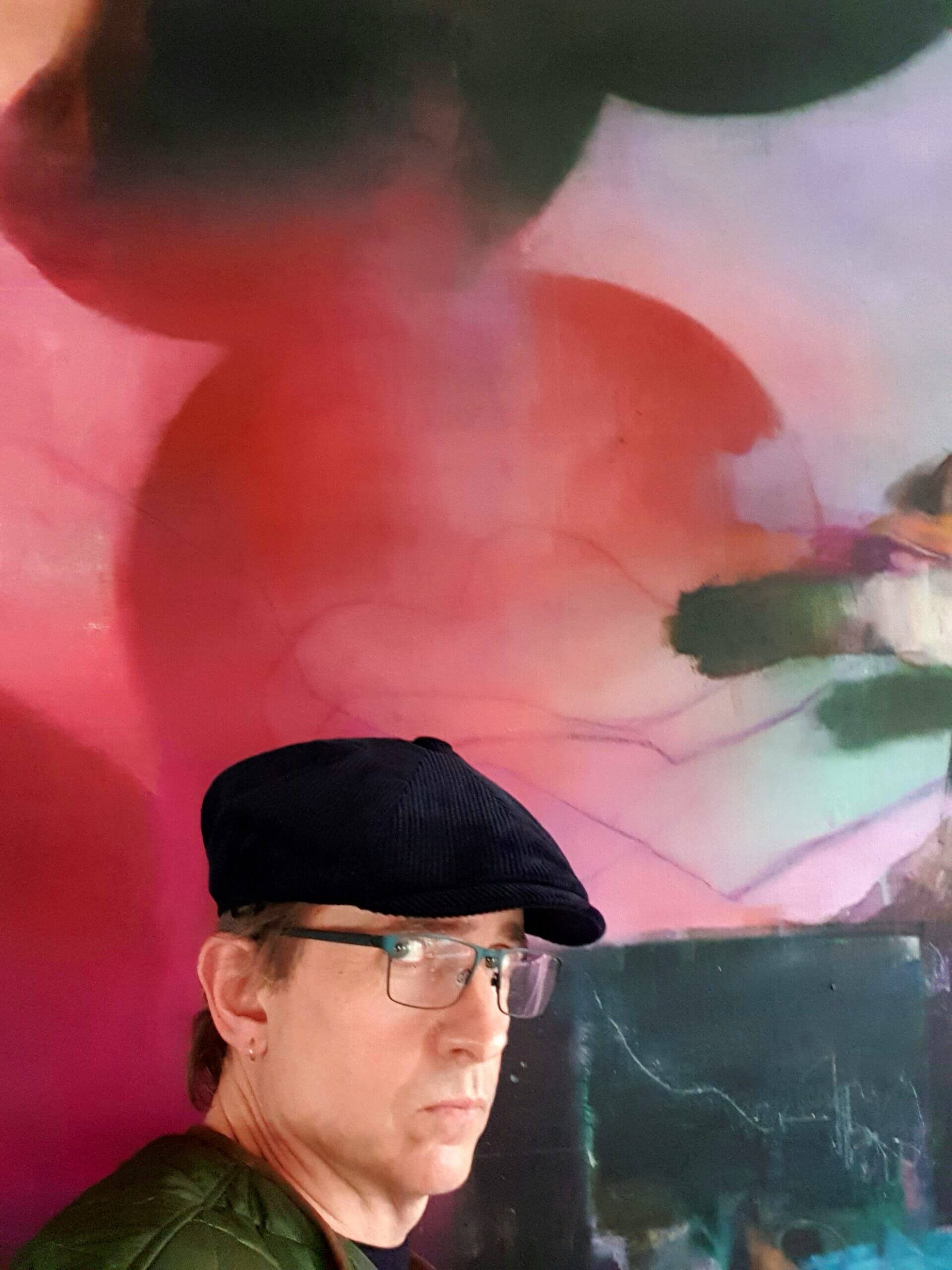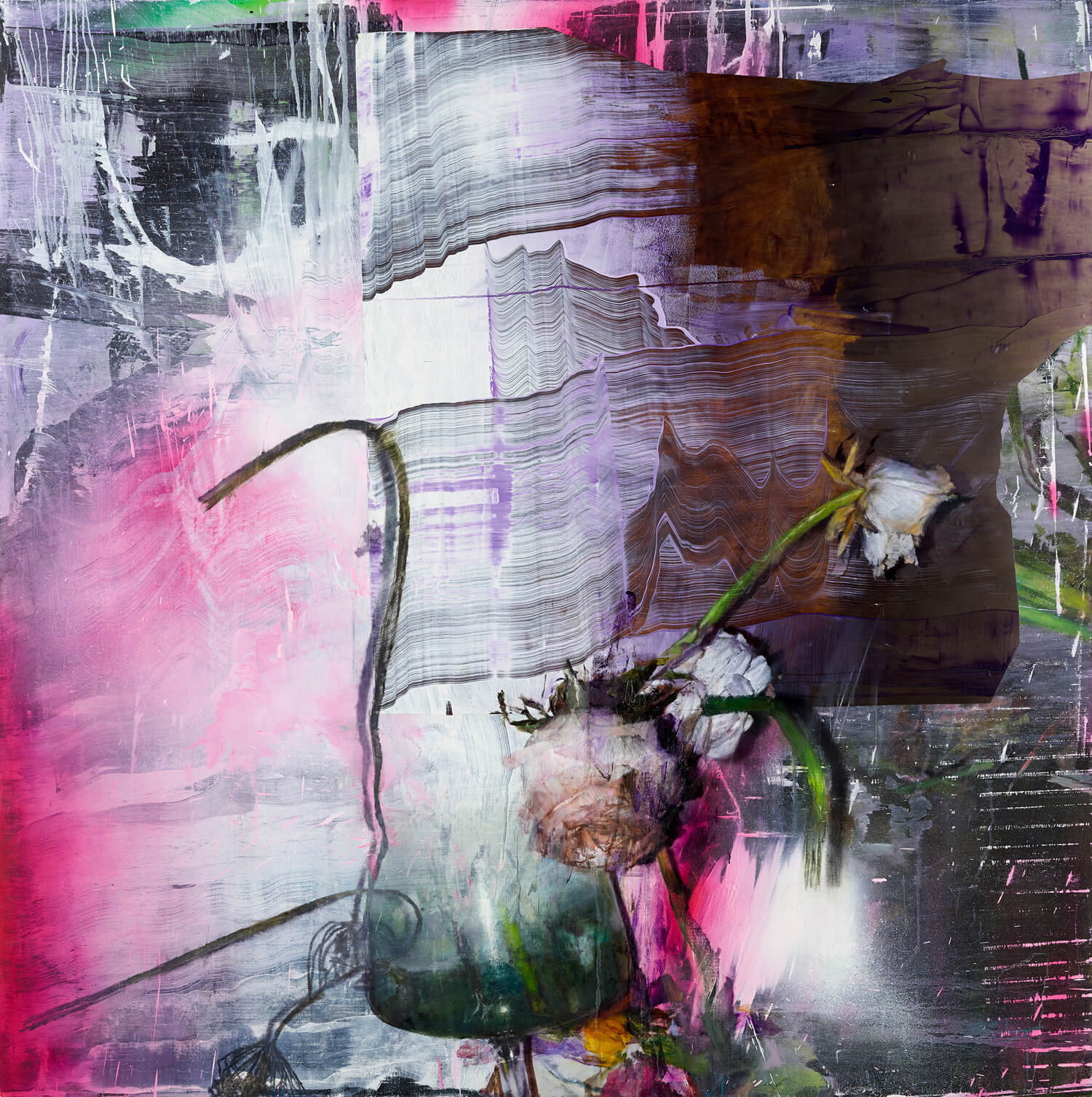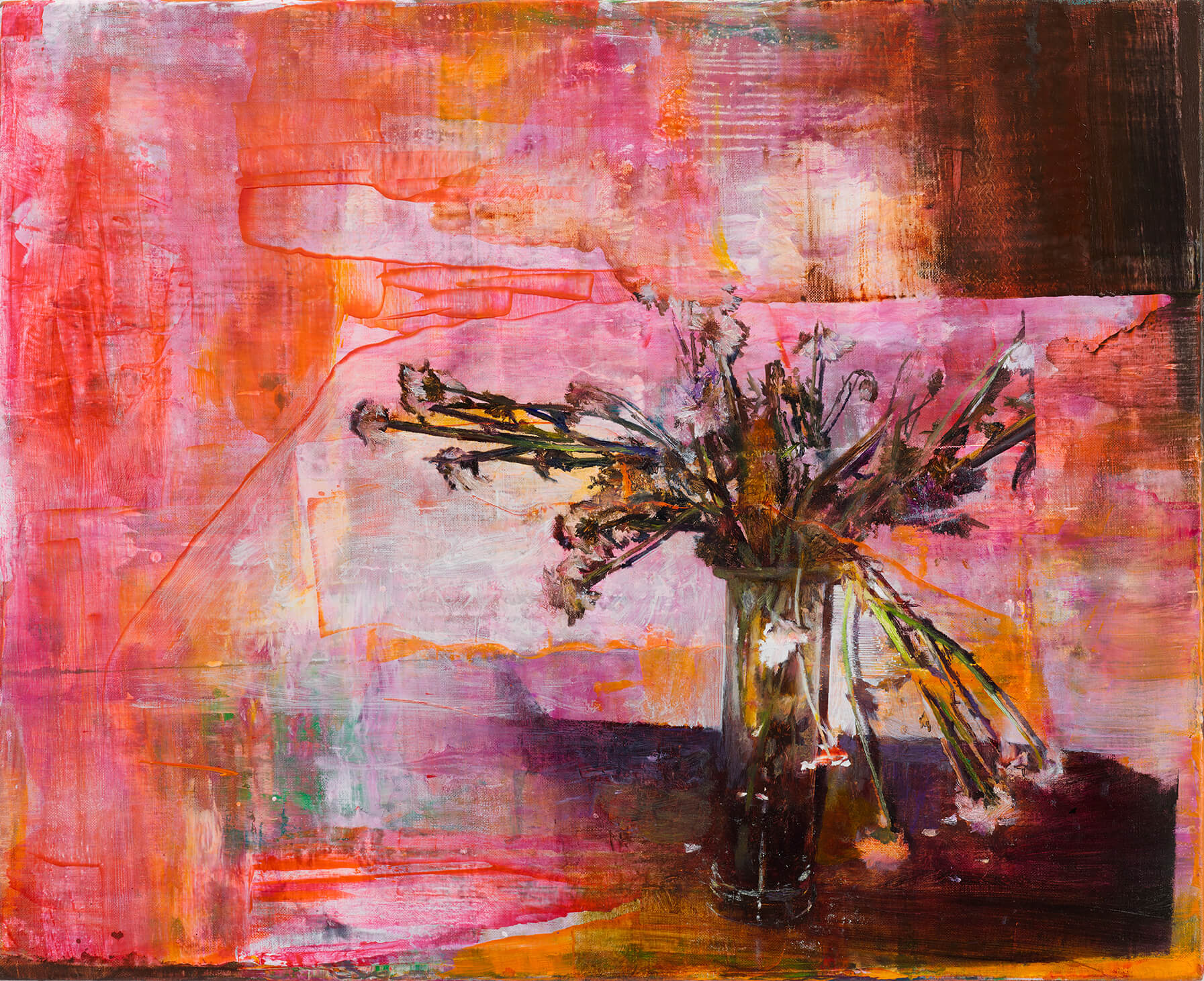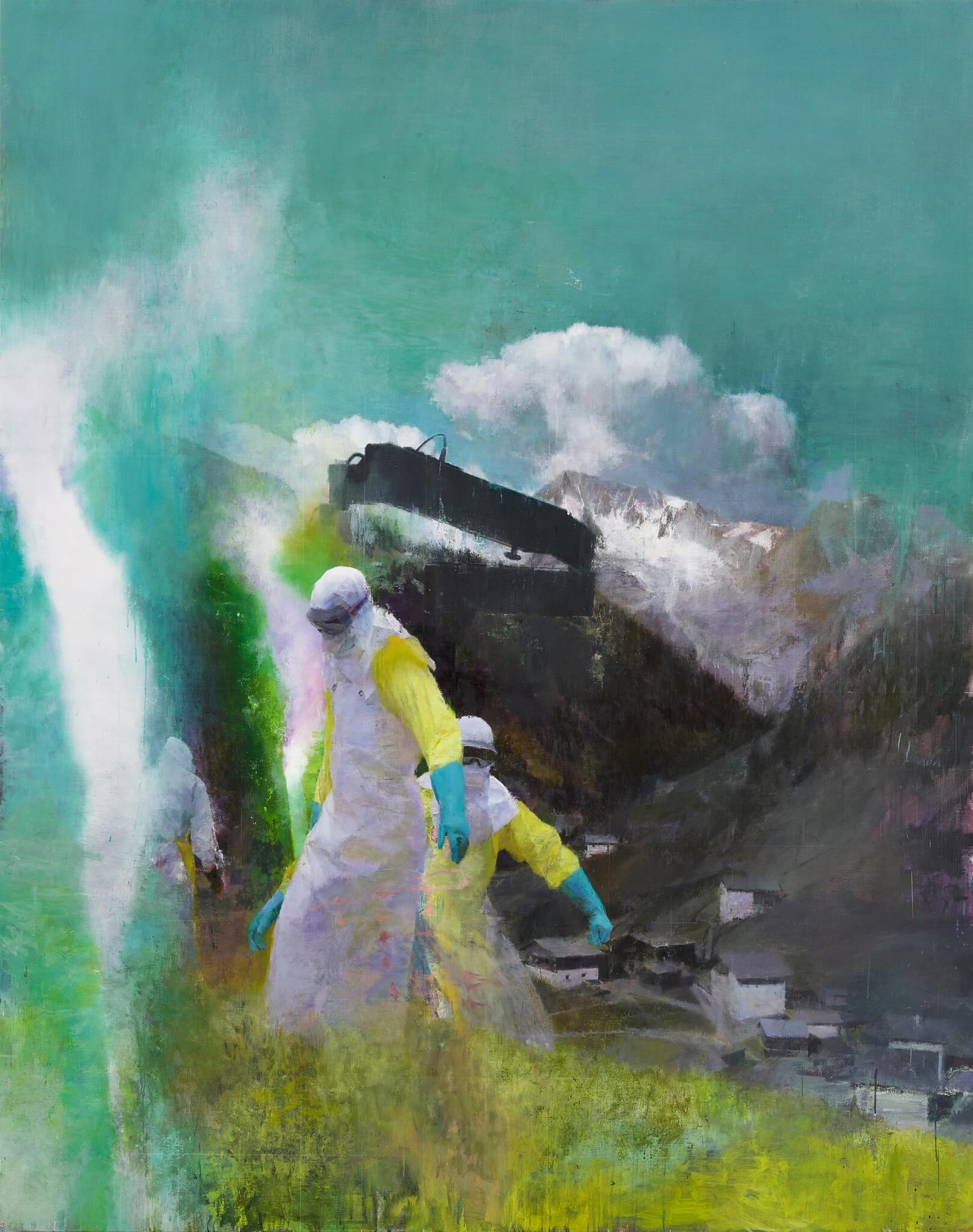Justin Mortimer: Enigmas and Paradoxes

Justin Mortimer’s work operates in an enigmatic world that is both surreal and realist. His paintings are marked by implicit figures and apocalyptic landscapes. Mortimer mostly works in oils and acrylics, playing on elusive paradoxes. He was born in 1970, in Shropshire (England) and studied at the Slade School of Art from 1988-1992. He has been the recipient of several prestigious awards including the EAST Award, 2004, the Natwest Art Prize, 1996, and the National Gallery’s BP Portrait Award, 1991. Mortimer’s portrait of Queen Elizabeth II, HM The Queen (1997), was commissioned by the Royal Society of the Arts to mark their 50th anniversary of association with the Queen, and hangs in their headquarters. Recent solo shows have been mounted at the Space K, Gwacheon (Korea), The Factory (London), and Future Perfect (Singapore). Group exhibitions have been shown at venues in New York, Hungary, and Prague. Mortimer lives and works in London.
FRONTRUNNER spoke to Mortimer about the origins of his work, discussing how it embodies both the abstract and the figurative.

Your work draws on the surreal whilst incorporating elements of realism. How would you best describe your art?
You’ve summed it up quite well. Some people do call it surreal – other people call it pitiable. I think my involvement with the figure is more empathetic. But undoubtedly, I’ve certainly got into those dark areas. About 10 years ago, I started making work that was to do with things that I was fearful of – things that worried me; and I just really went down that path and engaged with it. My work is quite fractured in collage – it’s a play between the abstract and the figurative.
Your Breed and Hoax series (2017-2019) deal specifically with nature. How does this compare to your figurative work? Is there a subject that you think holds more value?
No, I think they both act as codes for the same thing. I’ve been painting still life for many years. When I was on holiday, I came across some flowers that were dying in the corner of a French church and I thought “that’s really beautiful”. I took a photo of it, and the flash brought out all the veins and intricacies in the flower that you don’t normally see with the naked eye. When I put it into painting; somehow, the flower became this transient of things. It was a great journey for about two to three years – and what I learned from that I took into the figurative works. But I don’t have more of an emotional attachment to either. Still life exemplifies the figure – it symbolises the presence of the human figure that isn’t there. The implication is what’s most important – that’s why people ask me sometimes, why when I paint figures, I often paint out the face.

Breed 7 (2019)
Oil and acrylic on canvas
213 x 213 cm
Courtesy of the artist
Does distorting the face in your figure paintings add to the metaphorical value of the work? I’m thinking of your portrait of The Queen (1997) in particular.
Yes, undoubtedly it did lend something to it. I wanted that portrait to provoke some questions. My decision to move the head slightly away from the body was because I was very young when I made that portrait – it was quite a big deal. The only way I could cope with the pressure of it was to just be myself and do what fitted within the context of my work at the time.
How important is the role of colour in your work?
It’s something I think quite a lot about. After the series of paintings I did with Queen Elizabeth II, I started painting with very bright colours. I was trying to get the brightest possible greens, yellows, pinks – any fluorescent pigment. Then in 2002, I decided it had gone too far – I really needed to re-educate myself on colour. So, I stripped it all out and went monochrome for a few years. Gradually, I incorporated earthy colours – I wanted to take the pink out of flesh, moving towards cooler tones. Colour is very much a code for emotion, and I want that to be inherent within the picture.

Hoax 24 (2017)
Oil and acrylic on canvas
65.5 x 80.5 cm
Courtesy of the artist
Tell me about Der Besucher (2014).
I started to reflect on the idea of horror visiting a domestic, everyday place. So often we’re used to seeing images of destruction from a Western perspective. For once, I wanted to think about what that would be like in a European environment. I wanted to bring some pestilence – whether it be Ebola or Covid; something sinister and poisonous into a beautiful landscape. By introducing figures into a space that is no longer beautiful, the space becomes disrupted somehow.
Your work plays on the juxtaposition between horror and beauty. Have you always intended to create paradoxes through your art?
Yes. I’m interested in taking something that is recognisable, really engaging with it, and looking at what is beneath the surface. There lies the paradox – it’s not something that I consciously think about. Subjects are represented in a conceptual way when I paint.
Talk me through your creative process.
Everything starts with a digital colour. I use a very old version of Photoshop, and I just cut and paste images from many places. Once I have manipulated the images, I build an environment from them, which I can use as my model. I put it up next to my canvas and work from that – what I like about it is that I can change the digital collage as I go along. So, I’ll have a painting from one collage and the next morning I’ll alter it slightly and create layers. When you get these crunches of two ideas happening together, you see remnants of one painting disappearing into another, and all the layers interacting. Visually, it’s very exciting.

Der Besucher (2014)
Oil on canvas
240 x 190 cm
Courtesy of the artist
What do you think is missing in art today?
Well, bloody hell, I’ve got no idea. It’s all there, isn’t it? I can’t answer that on a broad spectrum. I don’t think anything is missing. There are biases in the art world, but that’s how it’s been throughout the whole canon of art history.
What advice would you give to young, aspiring artists looking to break into this industry?
Well, I’ve always been an outsider, and I’ve kind of embraced that now. I always tell people to work hard – it’s a very isolated life. Also, you should listen to your peer group when you’re making art, and as a student ask for advice on how to get your work out there. You don’t have to be cool and trendy to make good work – you can just be yourself.
Responses